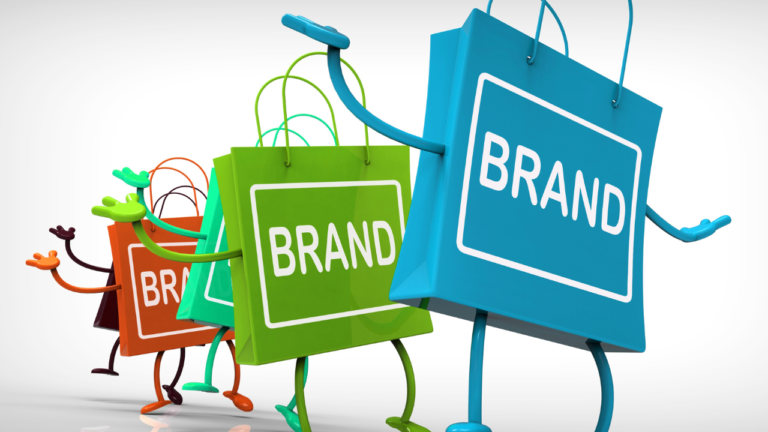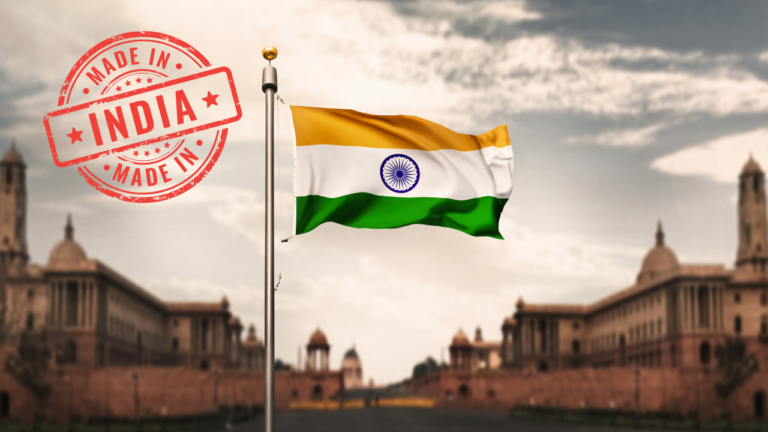
Major Mergers and Acquisitions of the Last Decade: A Global Overview
- Post author:Firdaus Mudassir
- Post published:July 28, 2024
- Post category:Business
- Post comments:0 Comments
The business landscape is continually evolving, with mergers and acquisitions (M&As) playing a significant role in shaping the corporate world. Over the past decade, numerous high-profile M&As have transformed industries, created new market leaders, and sparked innovation. This blog explores some of the major mergers and acquisitions that have occurred globally in the last ten years, highlighting the impact of these deals and providing real examples of big brands.
Understanding Mergers and Acquisitions
Mergers and acquisitions are transactions where companies combine their operations (merger) or one company buys another (acquisition). These deals can help companies expand their market reach, acquire new technologies, reduce competition, and achieve economies of scale.
Major Mergers and Acquisitions of the Last Decade
1. Disney Acquires 21st Century Fox (2019)
One of the most notable acquisitions in recent years is The Walt Disney Company’s purchase of 21st Century Fox for $71.3 billion. This deal significantly expanded Disney’s media empire, giving it control over popular franchises like X-Men, Avatar, and The Simpsons. It also included Fox’s film and television networks, and international studios, cable TV businesses. The acquisition strengthened Disney’s content portfolio, bolstered its streaming service Disney+, and positioned it as a dominant player in the entertainment industry.
2. Amazon Acquires Whole Foods Market (2017)
Amazon’s acquisition of Whole Foods Market for $13.7 billion marked its entry into the physical retail space. This move allowed Amazon to combine its e-commerce expertise with Whole Foods’ established brick-and-mortar presence. The acquisition aimed to enhance the grocery shopping experience for consumers by integrating Amazon’s technology and logistics capabilities. It also helped Amazon compete more effectively with other retail giants like Walmart.
3. Microsoft Acquires LinkedIn (2016)
In 2016, Microsoft acquired LinkedIn, the world’s largest professional networking platform, for $26.2 billion. This acquisition enabled Microsoft to integrate LinkedIn’s vast user base and data with its cloud services and productivity tools. The deal aimed to create new opportunities for professionals by combining LinkedIn’s network with Microsoft’s Office suite and Dynamics CRM. It also positioned Microsoft as a leader in the enterprise software market.
4. Dell Acquires EMC Corporation (2016)
Dell’s acquisition of EMC Corporation for $67 billion is one of the largest tech deals in history. EMC was a leader in data storage, and the acquisition allowed Dell to expand its capabilities in the enterprise IT market. The deal created Dell Technologies, a powerhouse in providing comprehensive IT solutions, including hardware, software, and services. This acquisition helped Dell diversify its product offerings and compete with rivals like IBM and Hewlett Packard Enterprise.
5. AT&T Acquires Time Warner (2018)
AT&T’s acquisition of Time Warner for $85 billion was a significant move in the media and telecommunications industry. Time Warner’s extensive content library, including HBO, Warner Bros., and Turner Broadcasting, complemented AT&T’s distribution network. The deal aimed to create a vertically integrated company capable of offering high-quality content and innovative distribution channels. It also positioned AT&T to compete with other streaming giants like Netflix and Disney.
6. Bayer Acquires Monsanto (2018)
In 2018, German pharmaceutical and life sciences company Bayer acquired American agrochemical and agricultural biotechnology corporation Monsanto for $63 billion. This acquisition aimed to create a global leader in agriculture, combining Bayer’s expertise in crop protection with Monsanto’s strength in seeds and traits. The deal sought to address the growing need for sustainable agriculture solutions and enhance Bayer’s position in the global market.
7. Facebook Acquires WhatsApp (2014)
Facebook’s acquisition of WhatsApp for $19 billion was a landmark deal in the tech industry. WhatsApp, a popular messaging app with a vast global user base, complemented Facebook’s social media platform. The acquisition aimed to expand Facebook’s reach and strengthen its position in mobile communication. It also allowed Facebook to tap into emerging markets where WhatsApp was particularly popular.
8. Google Acquires Fitbit (2021)
Google’s acquisition of Fitbit for $2.1 billion marked its entry into the wearables market. Fitbit, known for its fitness trackers and smartwatches, brought valuable health and fitness data to Google’s portfolio. The deal aimed to enhance Google’s hardware offerings and integrate Fitbit’s health tracking capabilities with Google’s AI and software expertise. It also positioned Google to compete with other tech giants like Apple in the wearables space.
9. IBM Acquires Red Hat (2019)
IBM’s acquisition of Red Hat, an open-source software company, for $34 billion was a strategic move to bolster its cloud computing capabilities. Red Hat’s expertise in open-source software and hybrid cloud solutions complemented IBM’s existing services. The deal aimed to help businesses transition to the cloud more efficiently and compete with leading cloud providers like Amazon Web Services (AWS) and Microsoft Azure.
10. PepsiCo Acquires SodaStream (2018)
PepsiCo’s acquisition of SodaStream, a maker of home carbonation products, for $3.2 billion reflected its commitment to offering healthier beverage options. SodaStream’s products align with the growing consumer demand for customizable and environmentally friendly beverages. The acquisition allowed PepsiCo to diversify its product portfolio and tap into the at-home beverage market, providing an alternative to sugary sodas.
The Impact of Major Mergers and Acquisitions
1. Market Expansion
M&As enable companies to expand their market reach by entering new geographic regions and customer segments. For example, Amazon’s acquisition of Whole Foods allowed it to enter the physical retail space and cater to a new set of customers.
2. Innovation and Synergies
By combining resources and expertise, companies can drive innovation and create synergies. Microsoft’s acquisition of LinkedIn, for instance, allowed the integration of LinkedIn’s professional network with Microsoft’s productivity tools, leading to new opportunities for professionals.
3. Competitive Advantage
M&As can provide a competitive advantage by strengthening a company’s position in the market. Dell’s acquisition of EMC helped it become a leader in enterprise IT solutions, competing more effectively with other tech giants.
4. Cost Savings
Companies can achieve economies of scale and cost savings through M&As. The integration of operations, supply chains, and technologies can lead to more efficient processes and reduced expenses.
5. Strategic Diversification
Acquiring companies in different industries or with complementary products allows for strategic diversification. PepsiCo’s acquisition of SodaStream diversified its beverage offerings and addressed the demand for healthier and customizable drinks.
Conclusion
Over the past decade, major mergers and acquisitions have reshaped the global business landscape. Deals involving Disney and 21st Century Fox, Amazon and Whole Foods, Microsoft and LinkedIn, Dell and EMC, AT&T and Time Warner, Bayer and Monsanto, Facebook and WhatsApp, Google and Fitbit, IBM and Red Hat, and PepsiCo and SodaStream have had significant impacts on their respective industries. These M&As have enabled companies to expand their market reach, drive innovation, gain competitive advantages, achieve cost savings, and strategically diversify. As the business world continues to evolve, M&As will remain a vital tool for companies seeking growth and success in an increasingly competitive environment.



